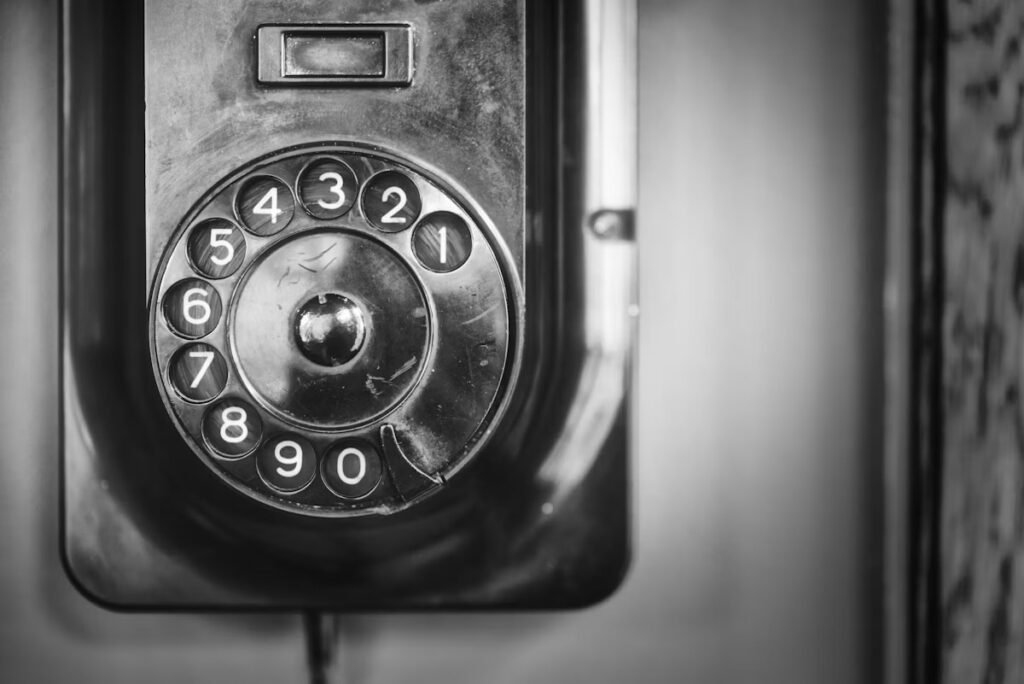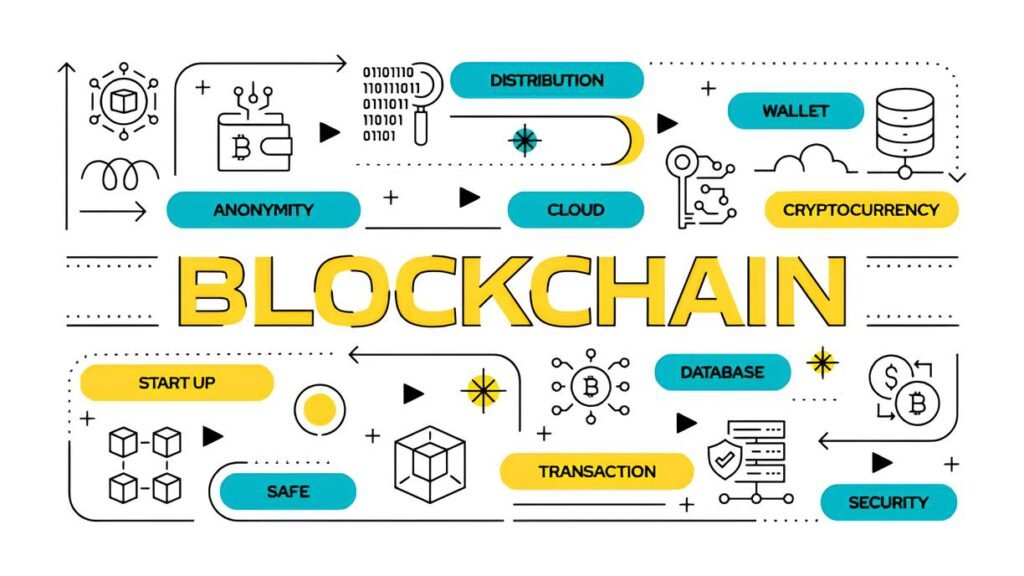Why Your Encrypted Voice Calls Might Not Be Secure
Have you ever taken a moment after finishing a so-called “secure” voice call to wonder — just how secure was it, really? It’s easy to assume that because your app says “end-to-end encrypted,” or that the call’s marked as “private,” your conversation is safe from prying eyes (or ears). But reality is often more complicated. In today’s digital landscape, even encrypted voice calls can leave cracks for eavesdroppers, from subtle metadata leaks to vulnerabilities inherent in app design.
Imagine whispering your secrets in a supposedly soundproof room—only to realize thin walls let sound creep through. That’s what can happen to your encrypted calls without you knowing it. So, what dangers lurk beneath the surface of encrypted voice calls? Let’s dig into why encryption isn’t always the silver bullet and what you can do to truly protect your privacy when you talk.
In This Article
How Encryption Works in Voice Calls
At its core, end-to-end encryption (E2EE) means that only the communicating parties have the cryptographic keys to decrypt a call’s audio data. The call data travels through various servers and networks, but without the keys, these intermediaries see only scrambled data.
Leading secure calling apps like Signal, WhatsApp, and Wire use sophisticated cryptographic protocols such as the Signal Protocol, which combine long-term identity keys and ephemeral session keys to protect the communication.
During a call, your device converts your voice into digital packets, encrypts them on your end, and sends them. The receiving device decrypts and plays the call. Ideally, nobody, not even the app provider, can eavesdrop.
However, keep in mind that encryption only protects the content of your conversations. The existence of a call, its timing, duration, and sometimes the participants remain visible to various data points outside the encrypted bubble.
Metadata Leaks: The Hidden Risk
If you believe encryption alone protects your voice conversations, it helps to understand what else might be exposed. Metadata refers to any information about your call aside from the actual conversation, like call time, participants, frequency, duration, and network addresses.
One of the greatest pitfalls for secure calling apps lies in protecting metadata, which is valuable intel for surveillance. Even when you can’t hear what someone says, knowing who, when, and how often they communicate is sometimes enough to map social networks or track activities.
- Call Logs: Apps might store or transmit your contact list or call history to servers not as tightly secured as the call itself.
- Network Traffic Analysis: An adversary monitoring your network can detect and correlate encrypted traffic patterns to deduce communication links.
- Metadata Retention: Some services even retain metadata long-term, creating records that can be requested by authorities or stolen via data breaches.
Many popular calling apps encrypt content but still share metadata with parent companies or third parties for business analytics or ad targeting.
For example, WhatsApp encrypts messages and calls—but metadata like your contact list, call frequency, and usage patterns often remain accessible to Facebook (Meta), potentially exposing you indirectly.
Vulnerabilities in Encryption Implementation
Not all encryption is created equal—and its effectiveness depends heavily on how it’s implemented. Even broadly trusted protocols like Signal’s can be compromised if the app or the infrastructure mismanages key exchange, session integrity, or fails to validate certificates properly.
Some common pitfalls include:
- Key Management Flaws: If secret keys are stored insecurely on devices or transferred insecurely, attackers can intercept or extract them.
- Outdated Protocols or Libraries: Apps using obsolete or flawed encryption libraries expose calls to known cryptographic attacks.
- Improper Forward Secrecy: Without forward secrecy, recording encrypted calls now can lead to future decryption if keys are compromised.
- Downgrade Attacks: Some systems can be tricked into using weaker encryption if attackers interfere during key negotiation.
For instance, a 2020 vulnerability in certain lesser-known encrypted calling libraries allowed attackers on the same network to intercept keys under special conditions—a reminder that “encrypted” doesn’t guarantee invulnerability.
Device and Network-Level Threats
Even perfect encryption can’t protect you from weaknesses outside the data stream. Your device and network environment can leak sensitive info or be directly targeted.
- Compromised Devices: Malware, spyware, or keyloggers installed on your smartphone or computer can record calls before encryption or after decryption, turning encryption moot.
- Operating System Vulnerabilities: Embedded system bugs may allow attackers to capture audio or metadata from your device without your knowledge.
- Network Attacks: Man-in-the-middle (MITM) attacks on public Wi-Fi can sometimes intercept keys or disrupt encryption handshakes.
- SIM Swap and Cellular Metadata: Cellular networks may expose call metadata, and sim-swap attacks can trick mobile carriers into giving control to attackers.
Using encrypted calling apps on a compromised phone is like locking the door but leaving the windows wide open. That’s why device security should be on equal footing with app-level encryption.
Switching to privacy-focused mobile operating systems or hardening your device can significantly reduce risks beyond encrypted calls.
Trust and Backdoors in Software
There’s also the question of trust. Even flagship secure calling apps depend on closed-source components or centralized servers controlled by companies that might be compelled to cooperate with government agencies.
A serious concern is the potential for backdoors or intentionally weakened encryption, introduced under legal pressure or covert directives. While open-source encryption projects are generally more transparent, proprietary platforms can hide secrets.
Several whistleblower leaks have revealed that intelligence agencies attempt to infiltrate or weaken messaging platforms. Encrypted voice calls can be no exception, especially in mass surveillance or targeted espionage.
For those seeking even tighter guarantees, the rise of decentralized calling solutions offers promise—but they come with their own challenges around scalability and user-friendliness.
Steps to Improve Your Call Privacy
Despite the caveats, encrypted voice calls remain one of the best tools we have for private communication. Here’s how you can strengthen your call privacy:
- Choose Trusted Apps: Prefer open-source, independently audited apps such as Signal. Avoid lesser-known apps without a strong privacy track record.
- Keep Software Updated: Regular updates patch vulnerabilities and improve encryption protocols.
- Secure Your Device: Use strong passcodes, enable biometric locks, and avoid installing untrusted apps to minimize spyware risks.
- Minimize Metadata Exposure: Refrain from syncing contacts with apps if possible and disable unnecessary background data sharing.
- Use VPN or Tor Strategically: Routing calls through a trustworthy VPN or Tor can help mask IP addresses and location clues, though with some tradeoffs in call quality and complexity. You can learn more about protecting your network identity in “The Best VPNs for Tor in 2025: Tested, Trusted, and Transparent.”
- Limit Call Duration and Frequency: Reducing the amount of data you produce lessens the chance of pattern identification through metadata.
- Regularly Audit Permissions: Check which apps have microphone and contact access, revoke anything unnecessary.
If you require stronger anonymity, consider pairing encrypted voice calls with strict operational security, including the use of burner devices and network isolation techniques.
Frequently Asked Questions
Q: Is Signal the most secure app for encrypted calls?
A: Signal is widely regarded as one of the best due to its open-source protocol, robust encryption, and minimal metadata collection, but it cannot guarantee absolute security if your device is compromised.
Q: Can law enforcement decrypt encrypted voice calls?
A: Without backdoors or key compromise, decrypting properly encrypted calls is currently infeasible. However, metadata, legal coercion, and vulnerabilities in endpoints can still expose information.
Q: Does VPN usage guarantee my calls are untraceable?
A: VPNs help mask your IP and encrypt your internet connection but do not secure the call’s metadata if the app or endpoint leaks information. They should be seen as one layer in a multi-layered defense.
Q: Are decentralized encrypted call platforms safer?
A: Decentralized platforms reduce reliance on centralized servers and single points of failure but often face issues with scalability, ease of use, and sometimes less mature encryption implementations.
Understanding the nuances behind encrypted voice calls is essential to avoid a false sense of security. Encryption is powerful—but it’s not magic. Taking a holistic approach that considers metadata, device security, and operational habits will put you miles ahead in guarding your most private conversations.



